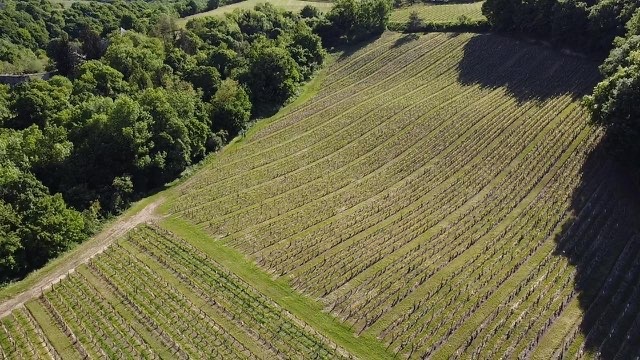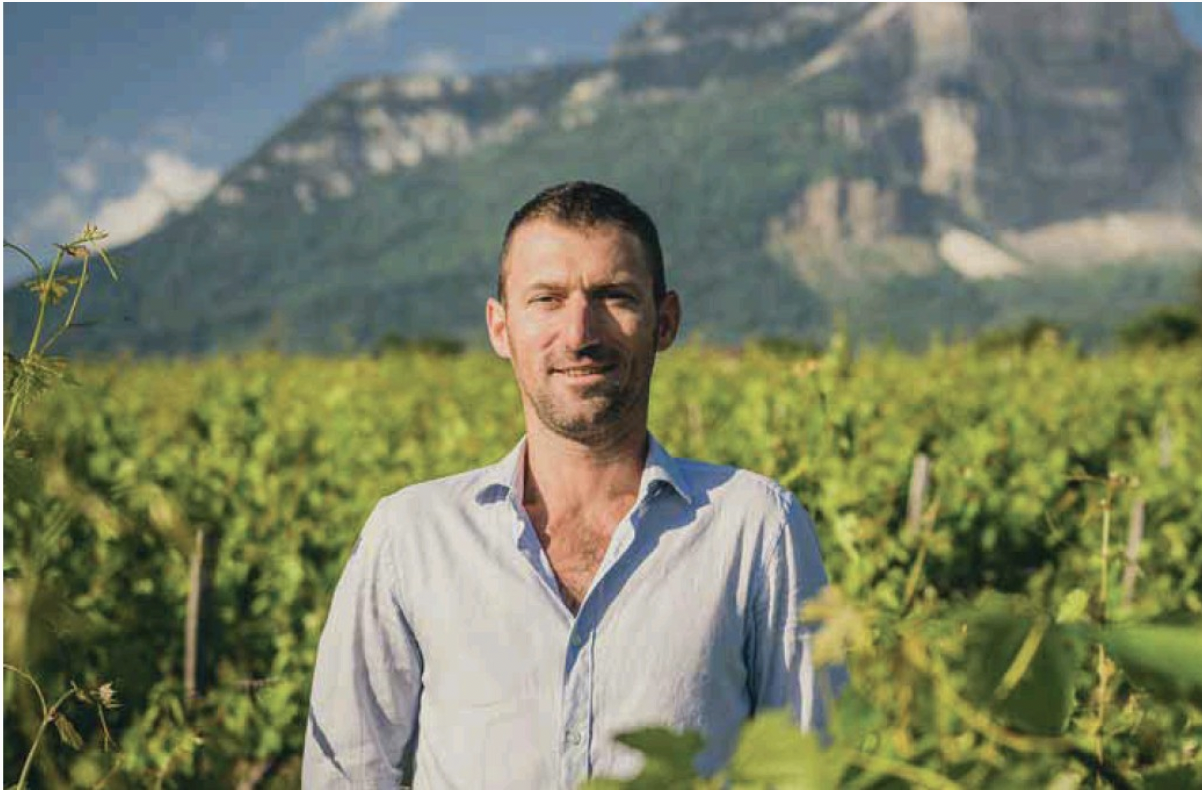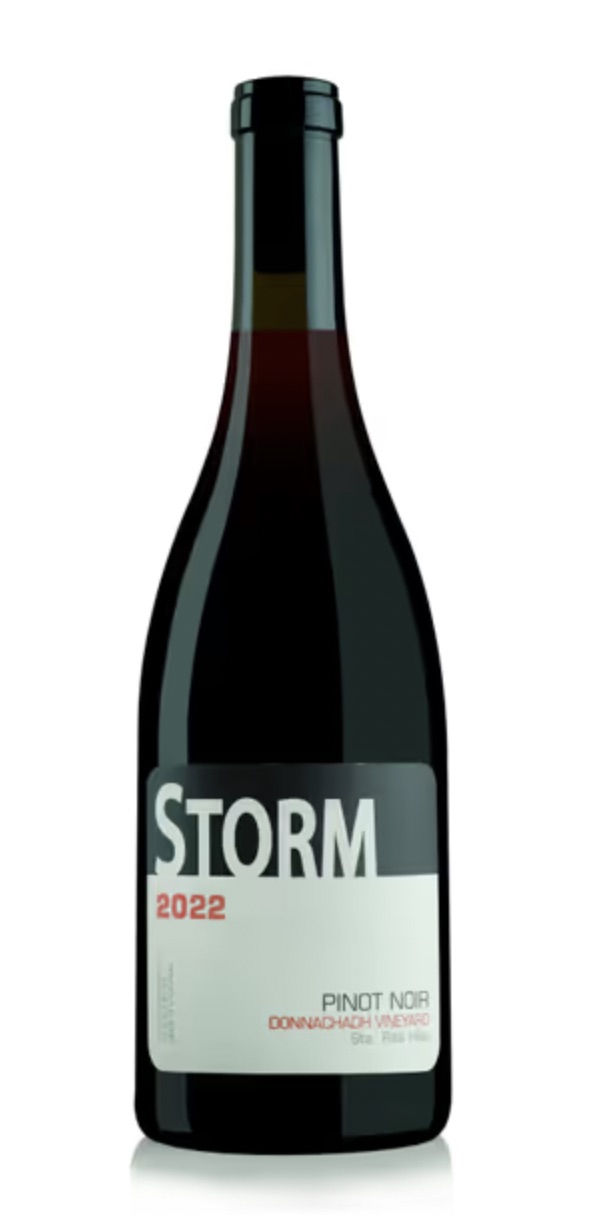2020 Domaine Guillaume Pin Apremont ‘Croix du Plot’ Savoie
Guillaume Pin’s wines drink like premier cru Chablis, for the price of Sancerre. This single-vineyard wine from the French Alps is chiseled, mineral-driven and the next up-and-coming region to keep on your radar.
Organic farming practices, hand-harvested, native yeast fermentation and only 150 cases produced.
$35.00
Out of stock
Domaine Guillaume Pin was founded by Guillaume’s father, Georges, in the early 1970s. Since 2001, Guillaume has expanded the domaine from 3.5 hectares to 10. He exclusively farms the Jacquère grape variety, which is native to Savoie. Guillaume’s vines are located between “Le Villard” on the southern end of the village, and “Croix du Plot” on the northern end.
While “Le Villard” is dominated by limestone soils, the “Croix du Plot” vineyard is composed mostly of kimmeridgian clay (same as Chablis). This unique terroir diversity allows him to produce complex and fresh wines typical of the area. All of Guillaume’s wines are aged on fine lees for a minimum of six months and never see wood or undergo malolactic fermentation. The resulting wines are zesty, fresh, and undeniably speak of the place from which they come.
The domaine has been HEV certified since 2020. HEV or “High Environmental Value,” is a French certification system that encourages farms and vineyards to focus on increasing biodiversity, decreasing the negative environmental impact of their phyto-sanitary strategy (i.e. measures for the control of plant diseases, reducing the use of pesticides and fungicides), managing their fertilizer inputs, and improving water management.










